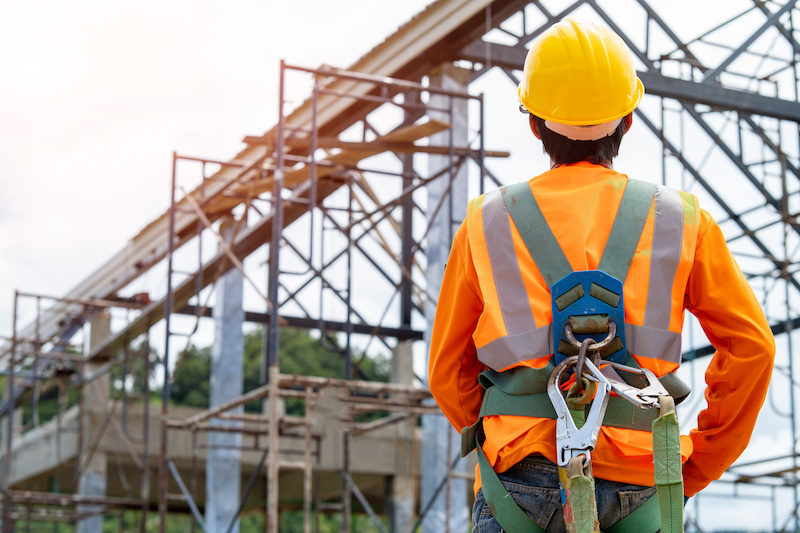
When working on manufacturing or construction sites, safety is always a top priority. Many hazards can endanger the lives of those who work in these environments, and it’s essential to be aware of them before they become an issue.
Often, hoisting and rigging hazards are also overlooked in this industry. This is because they’re constantly in use to move heavy materials around the workplace. As such, it’s crucial for operators and other workers to understand how these hazards work so they can avoid them when possible.
If you work in an industry prone to these hazards, read through this article as it lists down hoisting and rigging hazards to watch out for.
Dangers Of Hoisting And Rigging
Hoisting is the process by which an object or person is raised to the desired height. On the other hand, rigging refers to the assembly of equipment such as cables, wire rope, and related hardware used in construction for lifting heavy objects, like girders, into place.
Lifting and rigging can be fatal if the tools and materials used are substandard and safety measures aren’t taken. To avoid accidents, below are some of the hazards that workers must keep in mind.
1) Slipping Off The Edge
A worker’s feet might slip on the edge of a beam, causing them to lose their balance and fall. Therefore, they may want to use safety toe caps whenever they perform work around a high load, like a beam.
Additionally, workers should always check the surface before stepping on it to ensure that they won’t slip and fall, especially if snow or ice is present, as this can lead to accidents.
2) Electrical Hazards
Overhead cranes, most of the time, have electrical hazards with their power lines and wiring. The most common danger is when an overhead crane operator’s safety hooks become entangled in the wire while running the load over a beam or other obstruction.
For this reason, safety should be the priority when working with an overhead crane and electric cables. Also, operators must keep a safe distance from the lines at all times to prevent them from being entangled in any way while running over obstructions or tight spaces. Safety gear should always be used as well to avoid contact if there’s a chance. Thus, it’s a must that workers have the proper training to ensure the safety of the entire site.
3) Risk Of Falling Materials
One of the hazards that must be carefully managed is the risk of falling materials. It can happen if a crane malfunctions or if the chains and hooks holding uploads break free from their attachments to other items. It can be fatal if falling materials hit workers, and it can also cause severe damage to the property if it happens to fall on buildings or other structures.
Prevent this by using appropriate safety measures, including barriers and netting to catch falling objects before they hurt anyone. If there’s a risk of large items dropping from above, install an anti-falling system for protection against such hazards. Failing to do so is one of the many workplace injuries that can put you out of business.
4) Unstable Crane
Malfunction is a part of any equipment’s lifespan. The crane can be unstable during a malfunction, and it’s up to the operator to make sure they don’t get injured when this happens.
Furthermore, if there’s an uneven load lifted, this may cause instability in the system. The extra weight on one side of the platform means more support has to go in that direction and less to another, which results in a lack of balance. This causes vibrations because something isn’t behaving the way it should be.
Watching out for indicators of instability, such as sudden movement or shaking, or vibrations is a must. If any of these signs appear, then an evacuation might need to take place before anything gets worse.
5) Faulty Harness
The safety harness is a safety device designed to protect personnel from falls. If your safety harness fails, you’re in grave danger of being pulled into machinery that could cut or mangle you. Also, the faulty harness can cause injuries if it doesn’t hold a person securely when they’re in an accident.
Make sure to inspect your safety harness before each use. Look for worn or frayed parts and any signs of damage, including cracks in the plastic coating and broken clips. If you notice anything risky about your harness, you need to stop using it immediately and have it replaced.
Takeaways
The dangers of hoisting and rigging are serious. If you do these kinds of jobs, make sure that you know the hazards before going into work to prepare for them properly.
Some practices include always having a net to catch falling materials. Making sure your harness is in good condition can also keep you safe from hazards. Lastly, watch out for power lines since live wire contact can be fatal.
